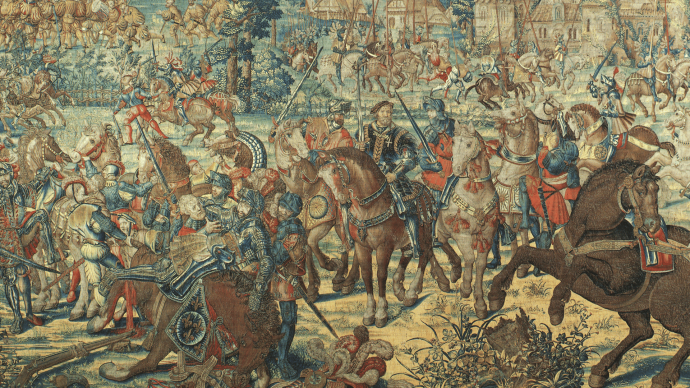- Unesco Sites
- Active & Green
- Mountains
Alpine transhumance in Lombardy
An ancient traditional practice that follows the cyclical nature of the seasons. In the Alpine version too
Transhumance is an ancient herding practice consisting of seasonal movement of livestock in Mediterranean countries and on the Alps.
It is a tradition that dates back to prehistoric times and has also been developed in Italy through the grassy paths of “tratturi” or tracks, which testify, today as in the past, to a balanced relationship between man and nature and sustainable use of natural resources.
Transhumance is the traditional practice of seasonal migration of flocks that takes on very different characteristics depending on the agricultural and environmental setting and on the flocks or herds.
In Italy, it is still practised in several regions, especially in the centre and south where “regi” tracks are located. The Alpine version of transhumance is intertwined with the practice of mountain grazing and involves complex movements among different valleys, different regions and from up high to the lowland.
In Lombardy, Alpine transhumance is a rather substantial reality, with many herds moving between the Po Plain, Venetian Plain and the Alps. This practice, which has strong identity content, involves moving from the plains to the mountain pastures in late spring and taking the opposite route in early autumn.
In 2019, transhumance was included on the UNESCO Intangible Cultural Heritage List, which recognised the value of the practice based on a transnational nomination submitted by Italy, Austria, and Greece.
The multinational nomination was coordinated at the international level by the Italian Ministry of Agriculture, Food and Forestry Policies and involved the communities where it is practised in the Regions of Apulia, Basilicata, Campania, Molise, Lazio, Abruzzo, and Lombardy, with the Association of Transhumant Herders of Lombardy, the Provinces of Trento and Bolzano.
UNESCO has recognised two types of transhumance – horizontal transhumance, in lowland regions, and vertical transhumance, typical of mountainous areas – highlighting the cultural importance of a tradition that has shaped the relationships between communities, animals and ecosystems, giving rise to rituals, festivals and social practices celebrated in summer and autumn, a recurring sign of a practice that has been repeated for centuries with the cyclical nature of the seasons in all parts of the world.
-
